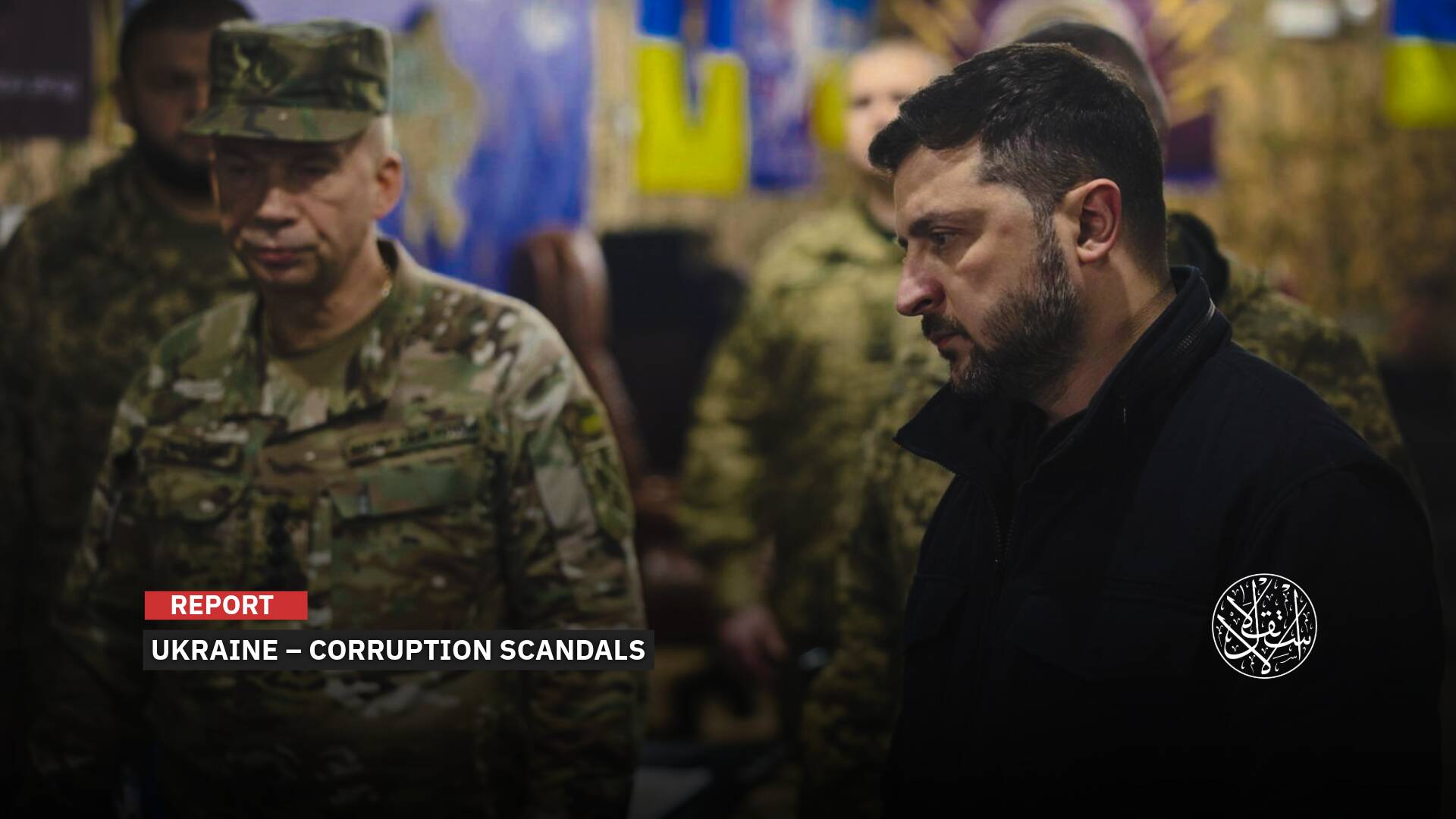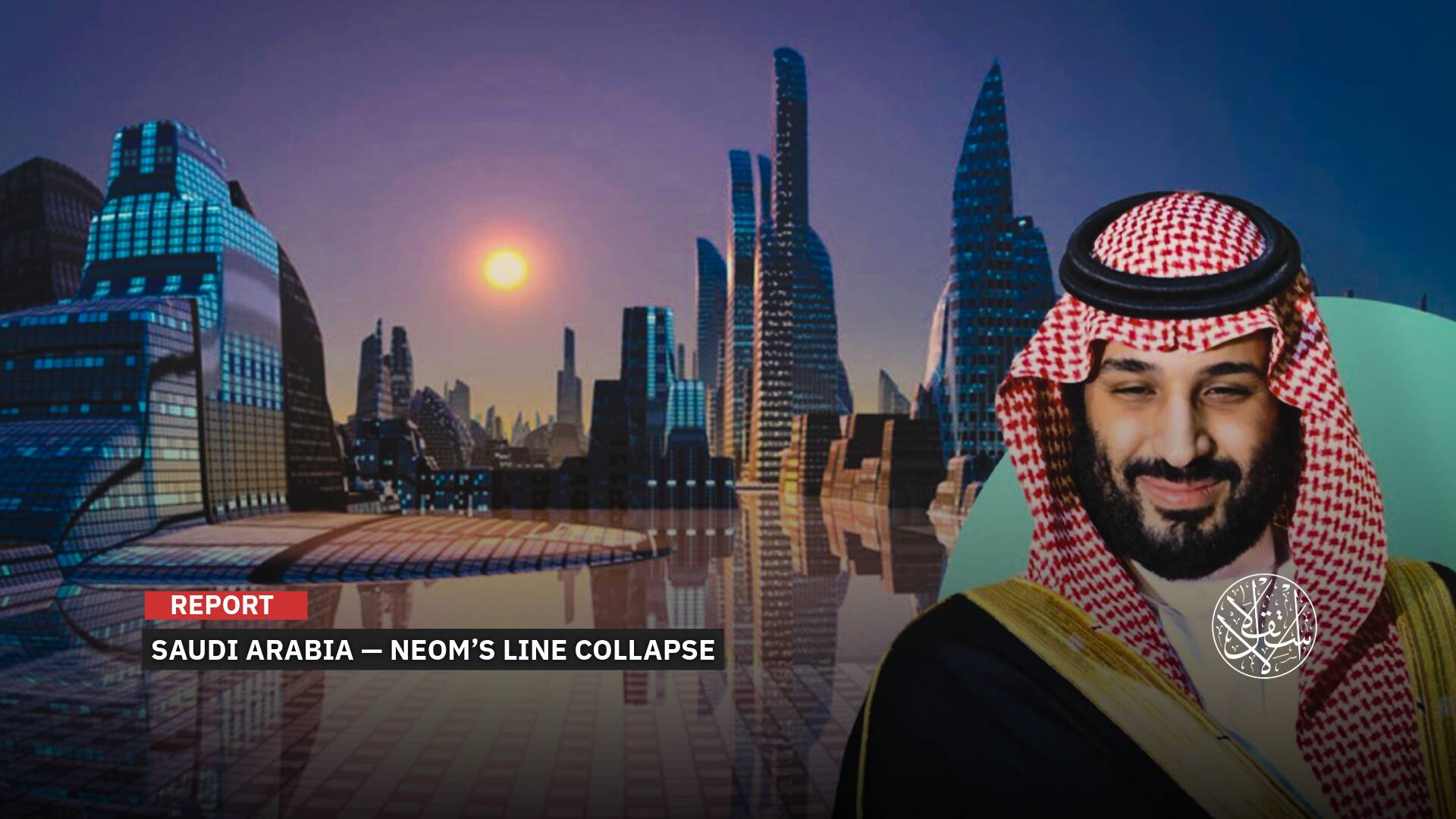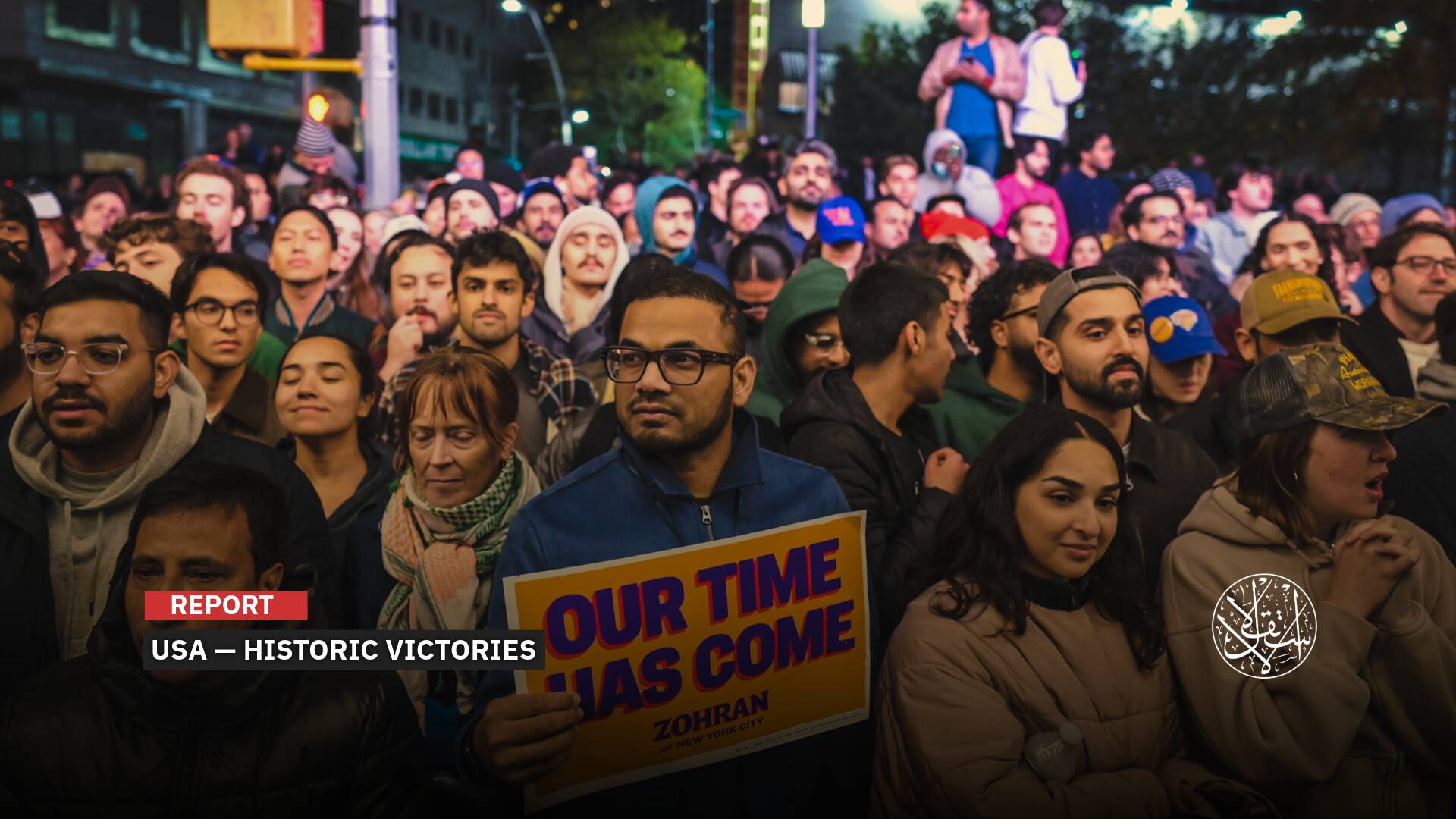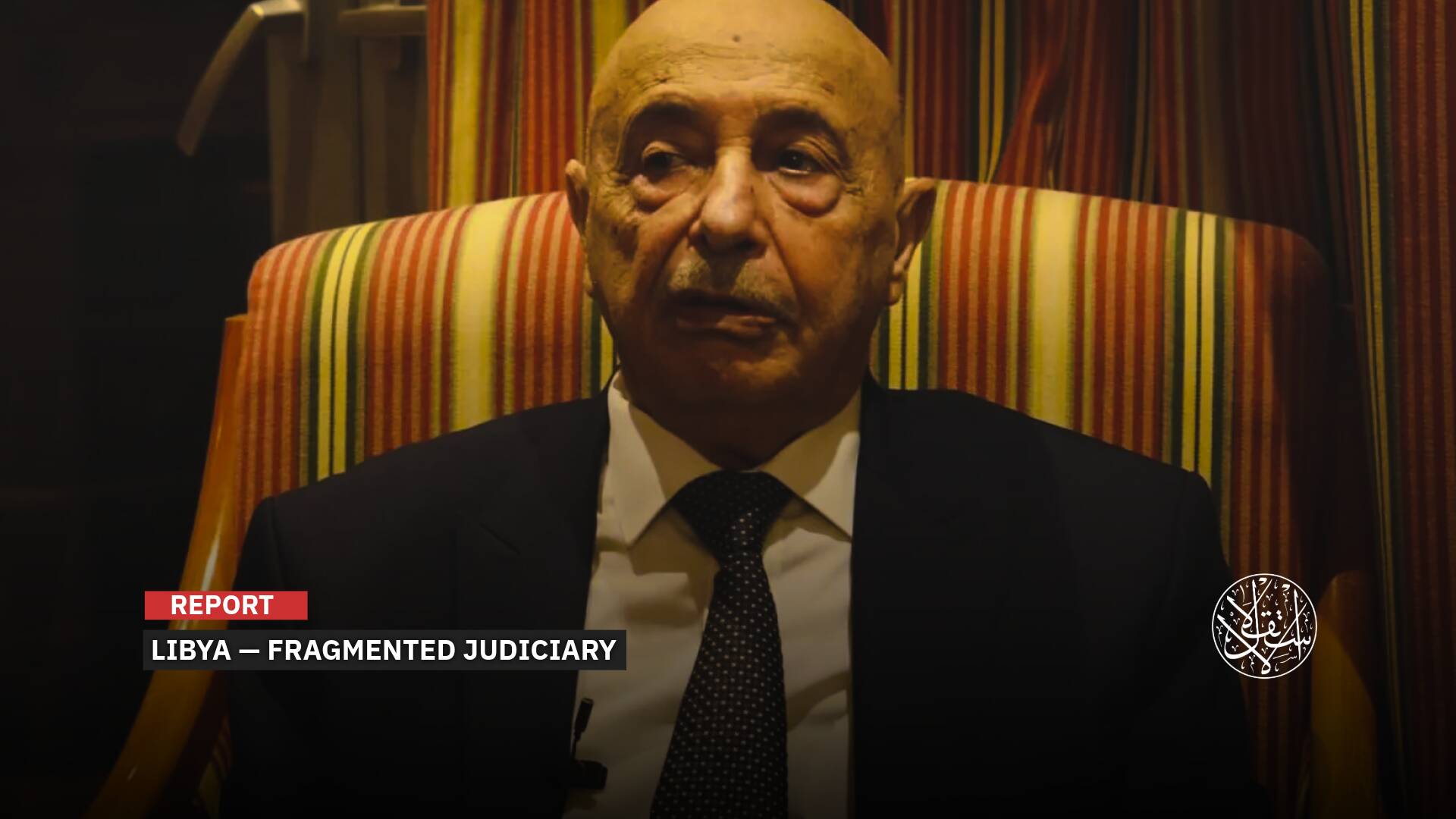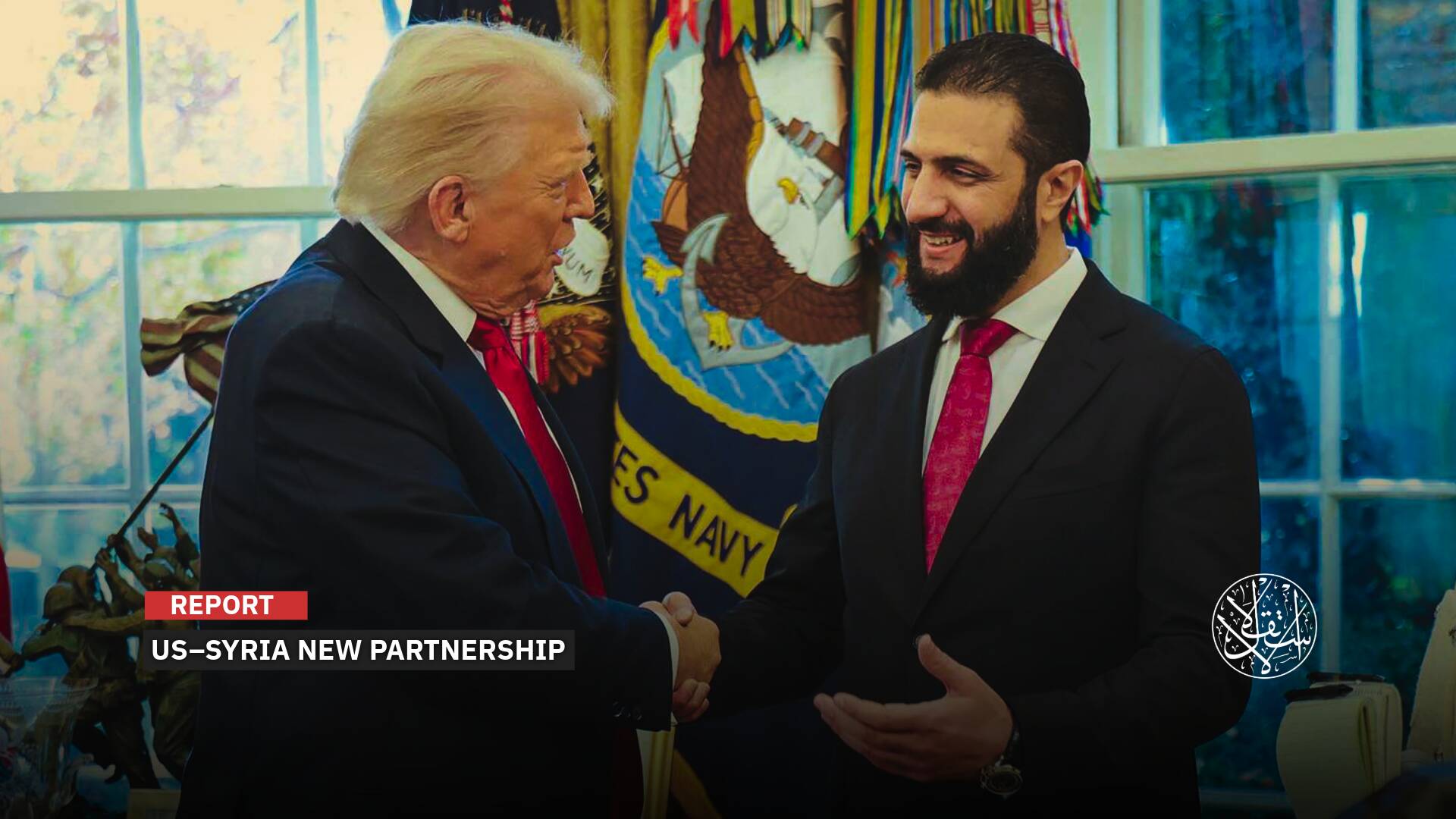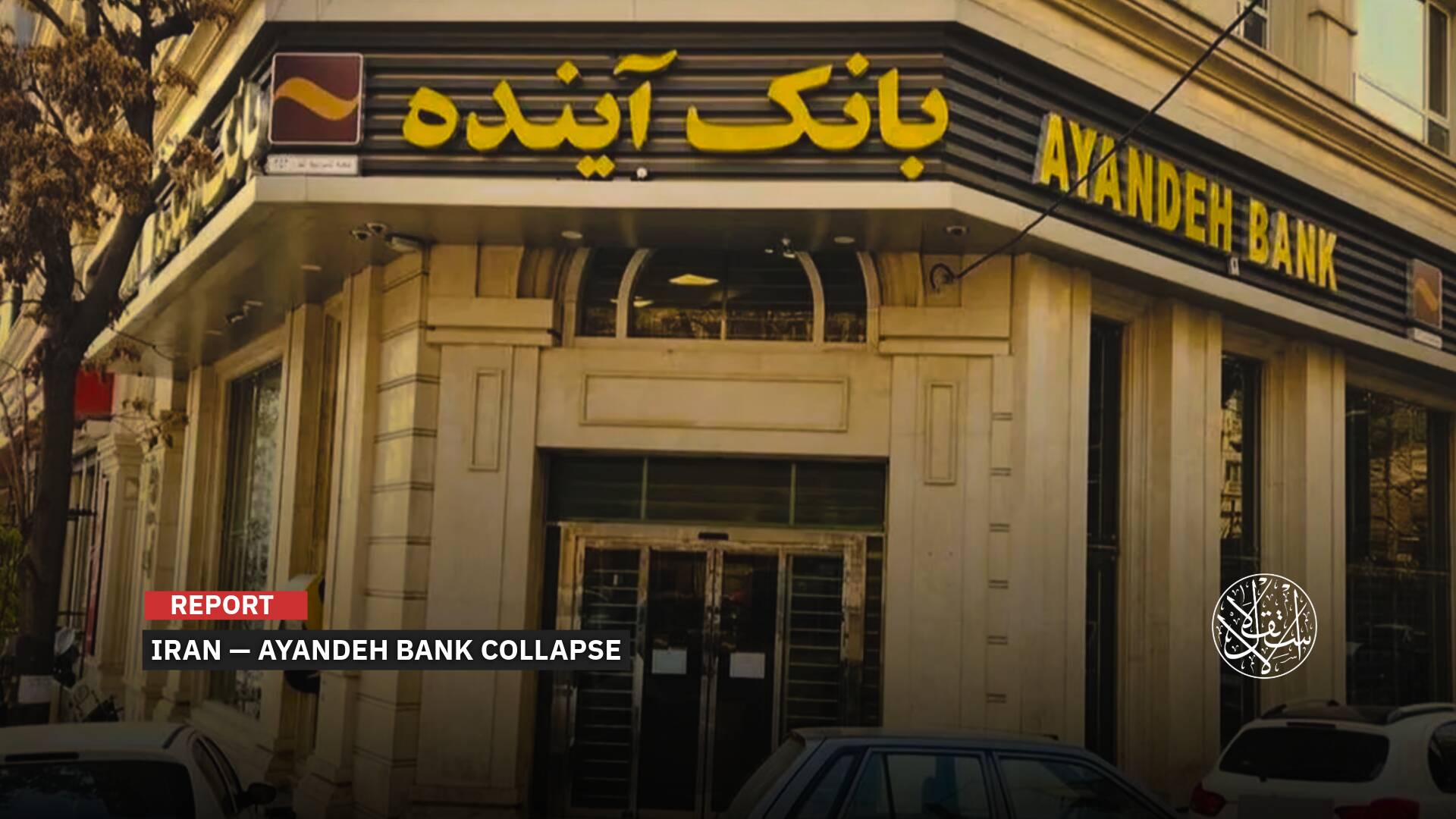Cover for Occupation, Prelude to Partition: ‘Israel’s’ Aims in Syria’s Ground Incursions
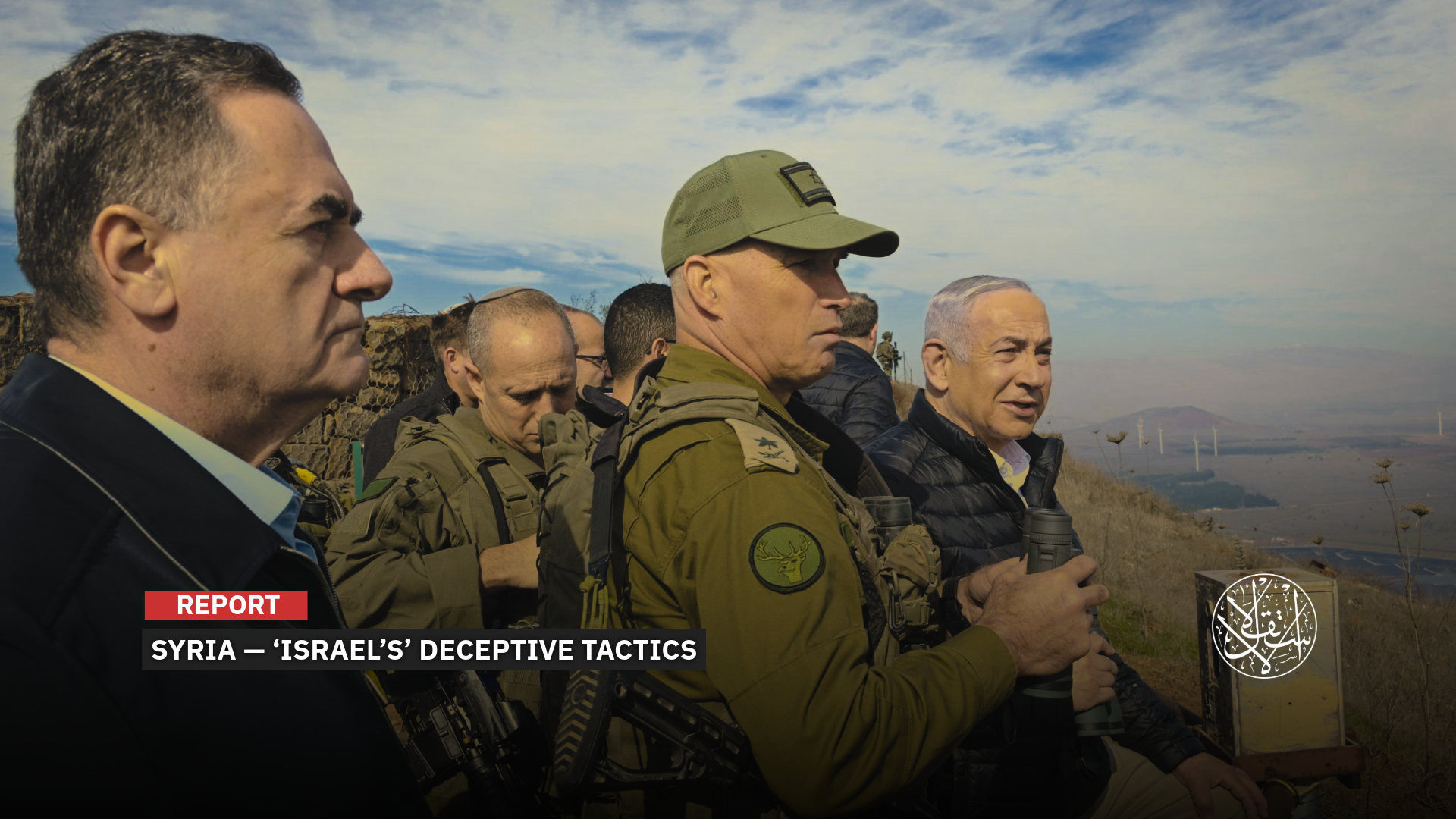
“Israel” has pushed deep into Syria, arresting dozens and jailing them.
Although talk of truce negotiations persists, the Israeli Occupation continues to act as an occupying power in southern Syria, carrying out near-daily violations that include ground incursions, land clearing, the arrest of civilians, and the confiscation of property.
Since the fall of Bashar al-Assad’s regime on December 8, 2024, “Israel” has sought to impose a new reality on Syrians in which airstrikes, ground raids, and arrests become a routine part of life, all under the guise of security.
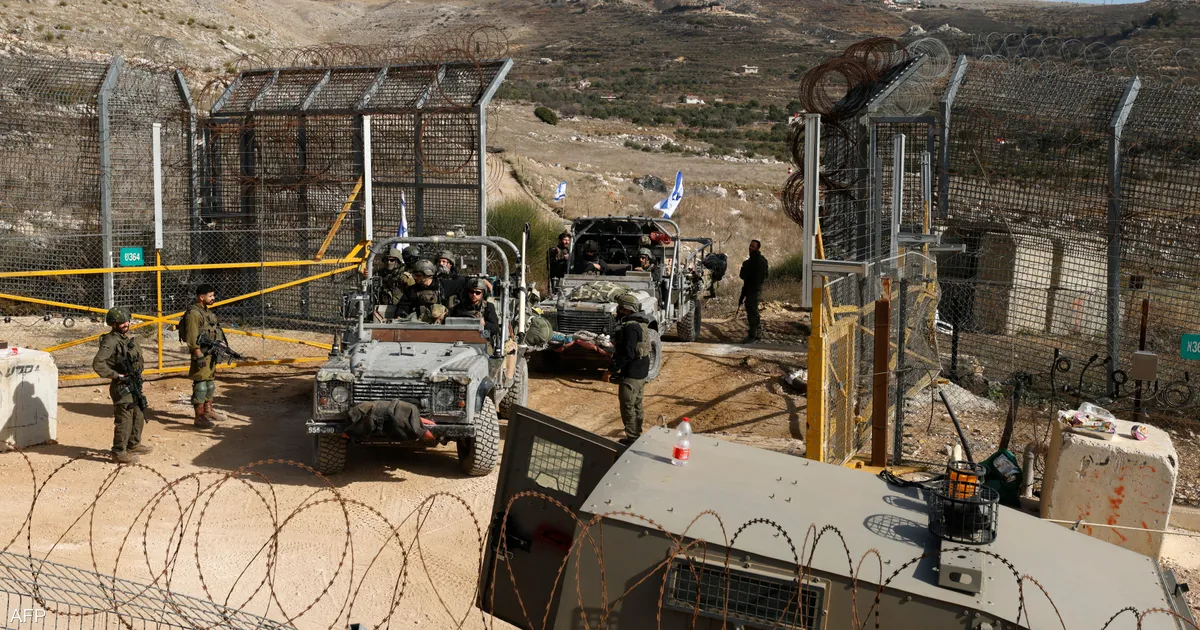
Daily Violations
The most recent incursion by the Israeli Occupation army took place on the morning of August 6, 2025, along the road to the town of Jubata al-Khashab in the Quneitra countryside in the southwest, with no explanation given.
Days earlier, Israeli Occupation forces had taken over an abandoned house on the Hadar–Taranja road, turning it into a military post. Military movements were observed around the site, accompanied by the arrival of about 40 personnel along with field equipment and supplies, including the installation of windows and some initial construction inside the building.
At the time, Syria TV reported that the Israeli Occupation forces had pitched tents near the house and warned residents to stay away from it and the nearby area, declaring it a closed military zone.
This was the latest example of Israeli incursions into Syria, but far from the only one. The Israeli Occupation army has not ceased its violations of Syrian territory since December 8. These incursions extend beyond military presence to include arrests and the confiscation of Syrian property.
On August 1, Israeli Occupation soldiers detained three Syrian civilians in Quneitra and seized a tractor they were using to transport tree remnants that Israeli machinery had cleared from the area.
In an earlier incident, Israeli forces opened fire on two young men from the village of Sison in western Daraa, injuring them moderately before arresting and transferring them into occupied territory.
At the end of July 2025, Israeli Occupation troops entered the village of Kudna and set up a temporary checkpoint on the road connecting it to the village of Ain Ziwan.
Armored forces raided the home of Mohamed al-Jum’a in the village of al-Samadaniyah al-Sharqiyah, arresting him without charges or justifications. His fate and whereabouts remain unknown.
In the village of Um Aledam, they established another temporary checkpoint, searched passersby and vehicles, and arrested four people, taking them to the al-Adnaniyah base, one of “Israel’s” military installations in the area, before releasing them hours later.
In Bureika, in the central Quneitra countryside, Israeli Occupation forces set up a checkpoint, inspected passing vehicles, stopped a bus, and interrogated the young men on board, mirroring tactics often seen in the West Bank.
The Israeli forces have also been digging, bulldozing land, and erecting earthen berms in the south, citing dubious security justifications to strengthen military fortifications.
Since Assad’s fall, “Israel” has launched hundreds of airstrikes on Syrian army positions to destroy them and prevent the rehabilitation of their infrastructure, often accompanied by warplane and reconnaissance flights.
The Israeli Occupation army took control of the buffer zone and has since moved to carry out raids and arrests in border areas.
“Every time I learn the name of a new Syrian detainee in Israeli prisons, I realize that nothing remains protected, not the land, not sovereignty, not the human being,” said Khaled Mahajna, a Palestinian lawyer and human rights advocate specializing in detainee defense.
“Israel moves deep into Syria, arresting and throwing dozens into prisons, as if moving on its own land. No voices, no uproar, not even a small headline, as if nothing happened.”
“There are around 27 Syrian detainees in Israeli prisons, some held for over a year since the previous regime’s control, others arrested in recent months, without charges, without trials, and with no prospect of release,” he posted the following day.
The Israeli army has occupied several dams and reservoirs in the Quneitra Governorate, most notably the al-Mantara Dam, located within the buffer zone, with a storage capacity of approximately 40.2 million cubic meters.
This includes the al-Ruhayniyah Dam on the eastern border of the buffer zone, storing about one million cubic meters; the Bariqa Dam adjacent to the buffer zone, with a capacity of 1.1 million cubic meters; and the Codana Dam east of the buffer zone, holding around 31 million cubic meters.
“Israel’s” continued control over these water resources poses a threat not only to the local communities within the buffer zone but to all residents of Quneitra Governorate, impacting their water and food security.

Negotiations Yield No Results
These violations continue amid ongoing talks between Syria and the Israeli Occupation, brokered by several countries, most notably Azerbaijan, France, and the United States.
On July 25, an Israeli official claimed that “Israel’s” Minister of Strategic Affairs, Ron Dermer, met in Paris with Syrian Foreign Minister Asaad al-Shaibani, in the presence of the U.S. Special Envoy to Syria and Ambassador to Turkiye, Thomas Barrack.
Channel 13 quoted the unnamed senior Israeli official describing the meeting as “highly significant,” adding that reaching an agreement with Syria is a process that takes time and is not immediate.
Barrack, in a post on X a day earlier, said prominent Israeli and Syrian ministers had agreed to dialogue as part of efforts to de-escalate, during a meeting in Paris.
“I met this evening with the Syrians and Israelis in Paris. Our goal was dialogue and de-escalation, and we accomplished precisely that,” Barrack said in a post on X. “All parties reiterated their commitment to continuing these efforts.”
Axios noted that the meeting between al-Shaibani and Dermer was mediated by the Trump administration and was “the most high-level official engagement between Israel and Syria in more than 25 years.”
A senior Israeli official told Axios the goal was to reach security understandings to maintain the ceasefire between “Israel” and Syria and to prevent crises like the recent one in Sweida.
Sweida recently witnessed a ceasefire following a week-long armed conflict between Druze groups and Bedouin tribes that left more than 400 dead.
After the clashes, the new Syrian administration intervened to restore security, a move rejected by Hikmat al-Hijri, head of the Druze Spiritual Authority in Sweida, who called for Israeli military intervention.
“Israel” responded to al-Hijri’s call with a major attack on July 16, launching strikes on over 160 targets across four provinces: Sweida, nearby Daraa, rural Damascus, and Damascus city, including the General Staff headquarters and areas around the presidential palace.
The Syrian news agency SANA, quoting a Foreign Ministry statement, reported that al-Shaibani met in Paris with French counterpart Jean-Noel Barrot and Barrack, without mentioning the meeting with Dermer.
A second meeting between al-Shaibani and Dermer reportedly took place on July 31 in Baku, Azerbaijan, according to a diplomatic source cited by AFP. The source said before the meeting that it would focus on the security situation, especially in southern Syria.
This meeting, not yet confirmed, followed al-Shaibani’s visit to Moscow, the first by a Syrian official from the transitional authority since the fall of the previous regime, which Russia heavily supported. Baku had hosted a similar meeting between officials from both countries on July 12, 2025.
Notably, none of these meetings have led to concrete steps to curb “Israel’s” escalating incursions into post-Assad Syria.
This comes despite the new Syrian administration’s insistence that its priority is rebuilding and unifying the country, and that it seeks no tensions with the Israeli Occupation.
Led by President Ahmed al-Sharaa, the new Syrian leadership affirmed that Syria does not seek confrontation with “Israel,” will not allow its territory to be used as a launchpad for attacks or arms smuggling to Lebanon or elsewhere, and will adhere to the 1974 disengagement agreement.
Al-Sharaa has demanded the withdrawal of Israeli Occupation forces from the Syrian buffer zone and other territories occupied since the fall of the regime.
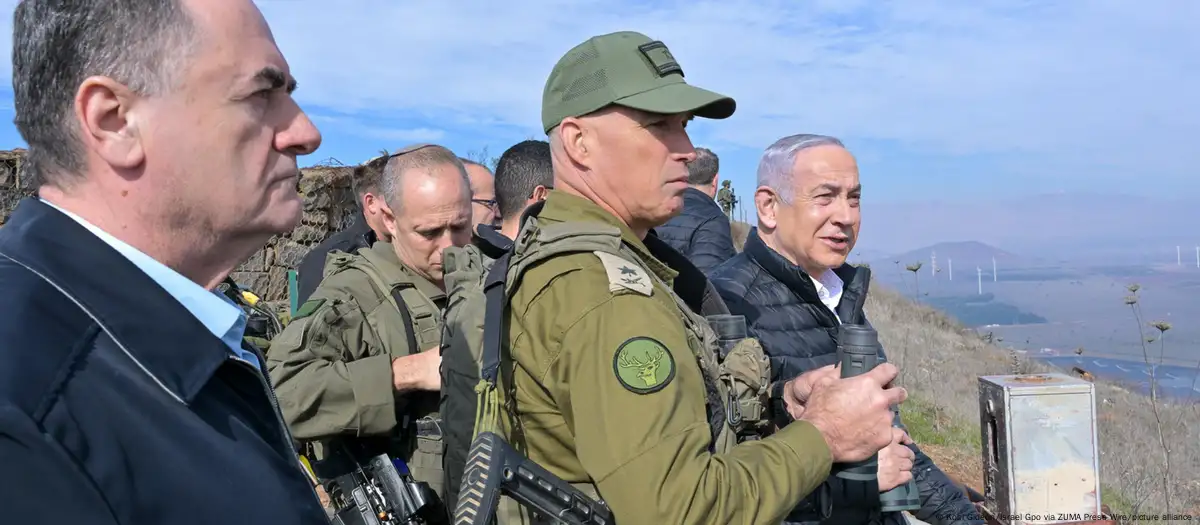
Imposing a New Reality
Syrian observers believe that “Israel,” which has occupied the Syrian Golan Heights since 1967, exploited the fall of Bashar al-Assad’s regime to impose a new reality.
The process began with “Israel’s” occupation of the Syrian buffer zone and the declaration of the collapse of the disengagement agreement. It also occupied the strategic Mount Hermon, located about 35 kilometers from Damascus, situated between Syria and Lebanon and overlooking the occupied Palestinian territories.
The recent wave of airstrikes near Damascus, Homs, and southern Sweida was presented by “Israel” as protection for the Druze minority, while its real aim is “to advance the Zionist regime’s ongoing campaign of regional domination and fragmentation,” according to Middle East Eye.
“While the U.S. prioritizes geostrategic control and the protection of its energy and security interests, Israel seeks to break Syria into ethnic and sectarian enclaves as part of a decades-old strategy to fragment the Arab world and cement its own regional hegemony,” according to the media website.
This policy is consistent with the course both parties have followed since the Syrian war began in 2011. Its underlying aim is to break Syria apart as a unified sovereign state and to prevent any regional or global power from challenging the American-Israeli order in the Middle East.
Tel Aviv’s strategy in the Arab world dates back to the early days of the establishment of the so-called “State of Israel” in 1948.
Israeli internal strategic documents from the 1950s, including proposals from the Foreign Ministry and Mossad intelligence, called for the creation of a Kurdish state as a barrier against Arab nationalism.
According to the British website, in the case of Syria, this strategy entails dividing the country into four main zones of influence.
The first is a Druze mini-state under Israeli influence in Sweida in southern Syria; the second is an Alawite region along the coast under Russian protection, centered around Latakia and Tartus.
The third is a Kurdish zone in northeastern Syria, supported by the United States, where the Democratic Union Party and the People’s Protection Units control vast territories; and fourth, an Arab Sunni belt under Turkish influence, especially along the northern and northwestern borders and the heart of the country.
This partition model directly serves Israeli Occupation objectives by keeping Syria weak, fragmented, and incapable of reemerging as a regional actor able to support the Palestinian Resistance or oppose Israeli Occupation expansion.
The Arab Center for Research and Policy Studies affirms that “Israel’s” ongoing daily incursions into Syrian territory, under the pretext of searching for weapons, aim to create a demilitarized zone encompassing all of southern Syria, alongside attempts to fragment the country on sectarian, ethnic, and regional grounds.
In a March 2025 study, the Qatari center stated that “Israel” seeks to present itself as a strong regional power determined to protect sectarian and ethnic minorities, even though these minorities have not requested protection.
“Israel” also aims to impose a security zone under its control in southwestern Syria, off-limits to the new Syrian army. This zone would include parts of Quneitra, Daraa, and Sweida provinces, Mount Hermon, and areas of rural Damascus, according to the center.
Statements by Israeli leaders and military activity in Syrian lands occupied after Assad’s fall indicate that Tel Aviv plans to remain there for the long term.
During a visit to Mount Hermon on December 17, accompanied by Prime Minister Benjamin Netanyahu and former Chief of Staff Herzli Halevi, War Minister Yisrael Katz described the summit as the “State of Israel’s eye,” capable of spotting threats both near and far.
He confirmed that the Israeli army would build fortifications in recently occupied areas to maintain a presence there in the foreseeable future.
On February 23, 2025, Netanyahu declared that the army would remain indefinitely on Mount Hermon and in the Syrian demilitarized buffer zone.
He affirmed that he would not allow the new regime’s forces in Damascus to enter the area south of the capital and demanded that Quneitra, Daraa, and Sweida provinces remain demilitarized.
According to available Israeli data, the Israeli Occupation army is believed to be preparing for a permanent deployment in the buffer zone and the eastern hills, where it is constructing military bases and fortifications and carrying out near-daily incursions.
Sources
- Syria after Assad: How Israel and the US are accelerating plans to partition the country
- Israel’s Policy in post-Assad Syria
- Scoop: U.S. to mediate Israel-Syria meeting Thursday to avoid new crises
- Israeli Occupation Forces Advance Along the Jubata al-Khashab Road in Quneitra Countryside [Arabic]
- Dermer to meet Syrian FM al-Shaibani in Azerbaijan on Thursday


